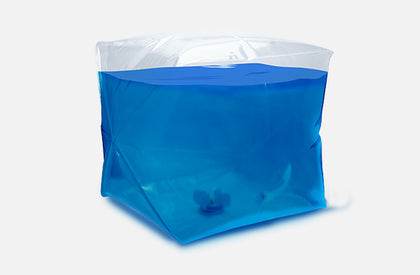
Collection: Mixing Bags
Cobetter Lifecube Single-use Mixing Bag is a cutting-edge solution for the efficient mixing and storage of solutions for biopharmaceutical industry. It is constructed of Cobetter self-developed 11-layer Topene™ RB blown film, which is composed of ULDPE, EVA, EVOH, and LDPE. The mixing bags are available in magnetic suction and magnetic suspension mixing, integrated/split system, and compatible with other brands.

